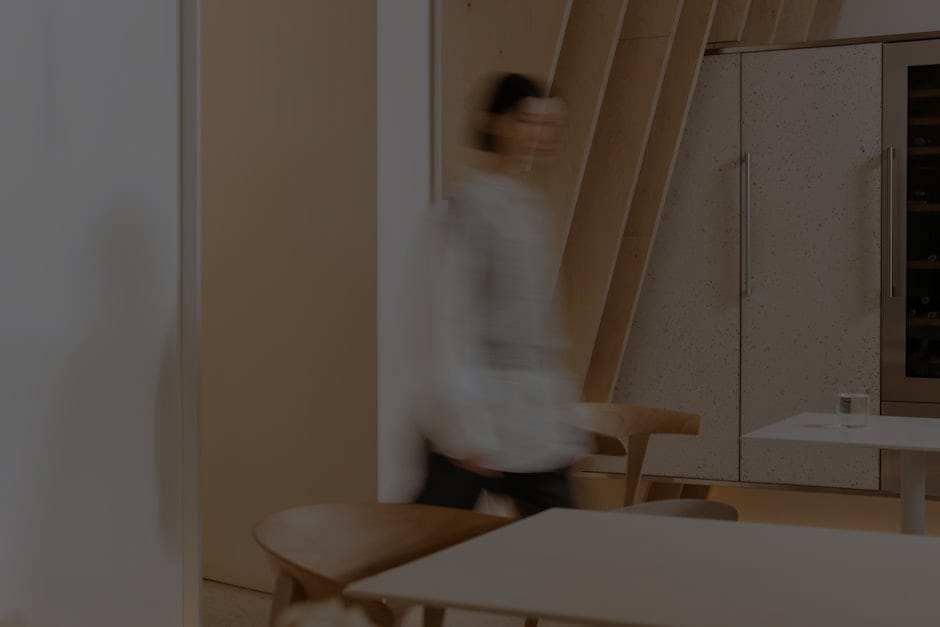**Abstract:** Discover how to transform your living space into a harmonious retreat with practical Feng Shui tips. Elevate your environment and enhance your well-being through mindful adjustments.
Understanding Feng Shui: The Art of Harmonious Living
Feng Shui is an ancient Chinese practice that emphasizes the importance of energy flow in our living spaces. It teaches that our environment significantly influences our mood, health, and overall well-being. By understanding the principles of Feng Shui, you can create a balanced and harmonious atmosphere in your home. This art encourages mindfulness and intentionality in how we arrange our spaces, making it an ideal approach for those seeking tranquility and positivity.
Decluttering: The First Step Towards Serenity
One of the foundational principles of Feng Shui is decluttering. A cluttered space can lead to a cluttered mind, causing stress and anxiety. Start by assessing each room and removing items that no longer serve a purpose or bring joy. Consider donating or recycling these items. By creating a clean and open environment, you allow positive energy to flow freely, which can enhance your mood and productivity. Remember, every item you keep should have a purpose or bring you happiness.
Positioning Furniture: The Flow of Chi
The arrangement of furniture is crucial in Feng Shui, as it directly affects the flow of chi (energy) in your home. Ideally, furniture should be positioned to allow for easy movement and conversation. Avoid placing furniture in a way that blocks pathways or creates sharp angles, as these can disrupt the energy flow. A common recommendation is to place your bed in a commanding position, where you can see the door without being directly in line with it. This promotes a sense of security and control in your space.
Color Choices: The Impact of Hue on Mood
Colors play a vital role in Feng Shui, influencing emotions and energy levels. Warm colors like red and orange can stimulate energy and creativity, while cool colors like blue and green promote calmness and relaxation. When selecting colors for your living space, consider the mood you wish to cultivate. For instance, if you want to create a peaceful bedroom, soft blues and greens are excellent choices. Incorporate these colors through paint, decor, or textiles to enhance the overall energy of the room.
Natural Elements: Bringing the Outdoors In
Integrating natural elements into your home is essential for achieving harmony. Plants, water features, and natural materials like wood and stone can help ground your space and connect you with nature. Plants not only purify the air but also symbolize growth and vitality. Choose low-maintenance plants such as snake plants or peace lilies if you’re new to indoor gardening. Additionally, consider incorporating a small fountain or decorative bowl of water to promote tranquility and prosperity.
Lighting: Illuminating Your Space with Intention
Lighting can dramatically affect the energy in your home. Natural light is ideal for promoting positivity and well-being, so keep windows clear and use sheer curtains to allow light to filter in. For artificial lighting, opt for warm bulbs that create a cozy atmosphere. Layer your lighting with different sources—overhead fixtures, lamps, and candles—to create a balanced ambiance. This thoughtful approach to lighting can elevate your mood and enhance the overall energy of your living space.
Personal Touches: Infusing Your Space with Love
Finally, personalize your living space with items that resonate with you. Family photos, meaningful art, and cherished mementos contribute to a sense of belonging and comfort. Ensure these items are displayed mindfully, creating a visual flow that invites positive energy. Avoid overcrowding surfaces; instead, choose a few key pieces that tell your story and inspire joy. This connection to your space fosters emotional well-being and a sense of peace.
By implementing these Feng Shui tips, you can transform your living space into a sanctuary of harmony and balance. Embrace the principles of decluttering, furniture arrangement, color selection, natural elements, lighting, and personal touches to create an environment that nurtures your spirit and enhances your quality of life. Remember, a harmonious home is not just about aesthetics; it’s about cultivating a space that supports your well-being and happiness.










